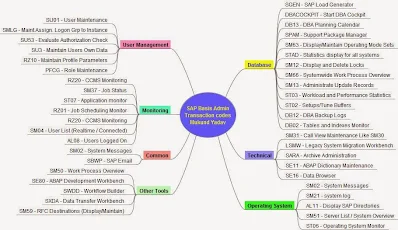Panel Discussion on Bell Curve @ The New Age Manager Conclave at Ritz Carlton Bangalore, organised by the SAP ManaGeRight Team, on 23rd September, 2015.
The theme for this edition was - “Leadership is all about a Brand of Trust”
About SAP ManaGeRight: At SAP, manager development activities are run by a team of managers called ManaGeRight. ManaGeRight has been organizing several programs over the past few years and we are in fact the first company to organize a Managers Day, bringing together all of our 400+ managers under one umbrella for a day.
The New Age Manager-2015- A Novel Idea by SAP: Leveraging on our expertise and learning's from various flagship programs, we are now taking the next step to organize ‘The New Age Manager ‘ as a platform for the best managers across the industry to come together and learn and share from each other. The objective of the conclave was to create a forum to enable the best managers in the industry:
This Manager Conclave was first of it's kind arranged by SAP India
I was request to participate in the panel discussion on the topic - “New Age Performance Management – Are Bell Curves Needed?”.
The theme for this edition was - “Leadership is all about a Brand of Trust”
About SAP ManaGeRight: At SAP, manager development activities are run by a team of managers called ManaGeRight. ManaGeRight has been organizing several programs over the past few years and we are in fact the first company to organize a Managers Day, bringing together all of our 400+ managers under one umbrella for a day.
The New Age Manager-2015- A Novel Idea by SAP: Leveraging on our expertise and learning's from various flagship programs, we are now taking the next step to organize ‘The New Age Manager ‘ as a platform for the best managers across the industry to come together and learn and share from each other. The objective of the conclave was to create a forum to enable the best managers in the industry:
- To hear expert opinions and benefit from shared learning.
- To network with the peers.
- To collaborate on best practices.
This Manager Conclave was first of it's kind arranged by SAP India
I was request to participate in the panel discussion on the topic - “New Age Performance Management – Are Bell Curves Needed?”.








